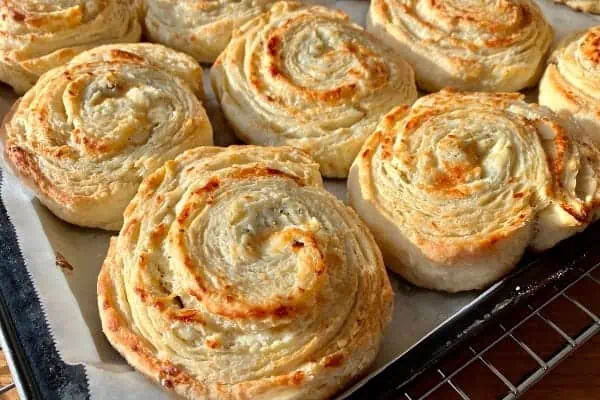Off-grid living presents its own unique challenges when it comes to food
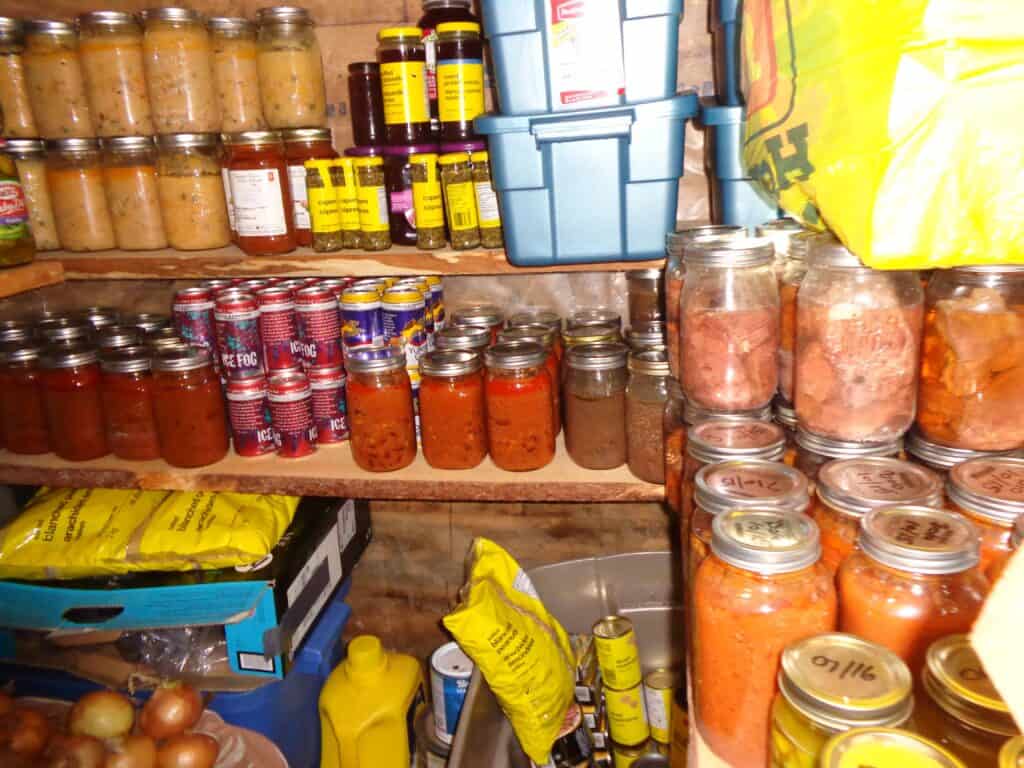
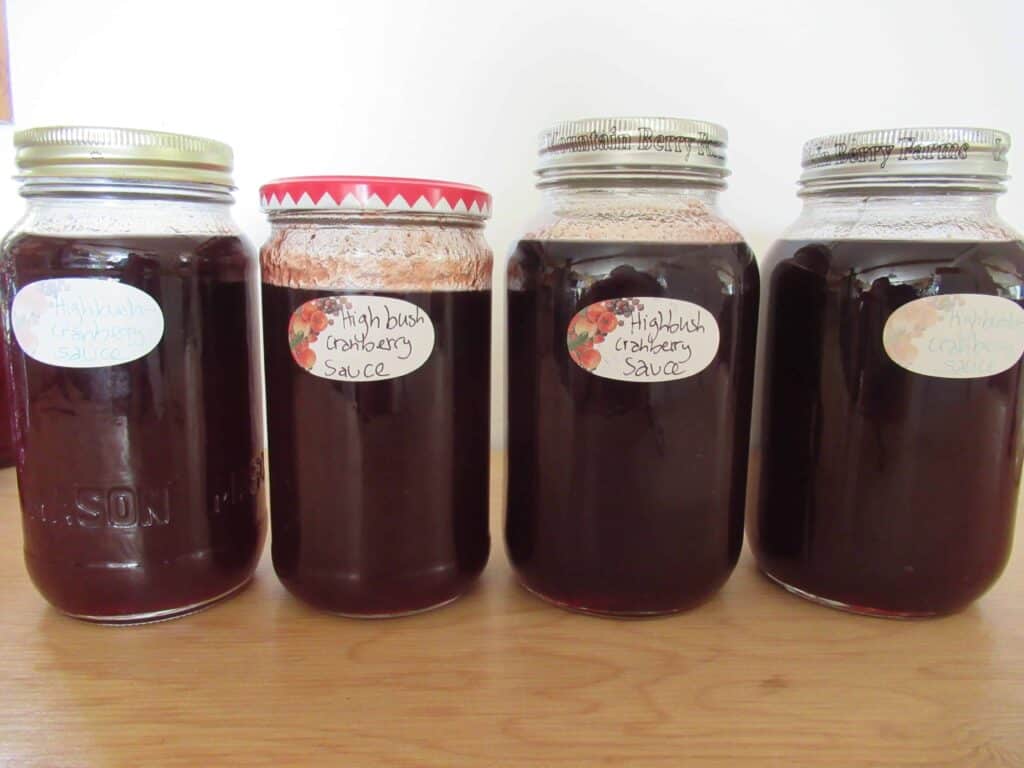
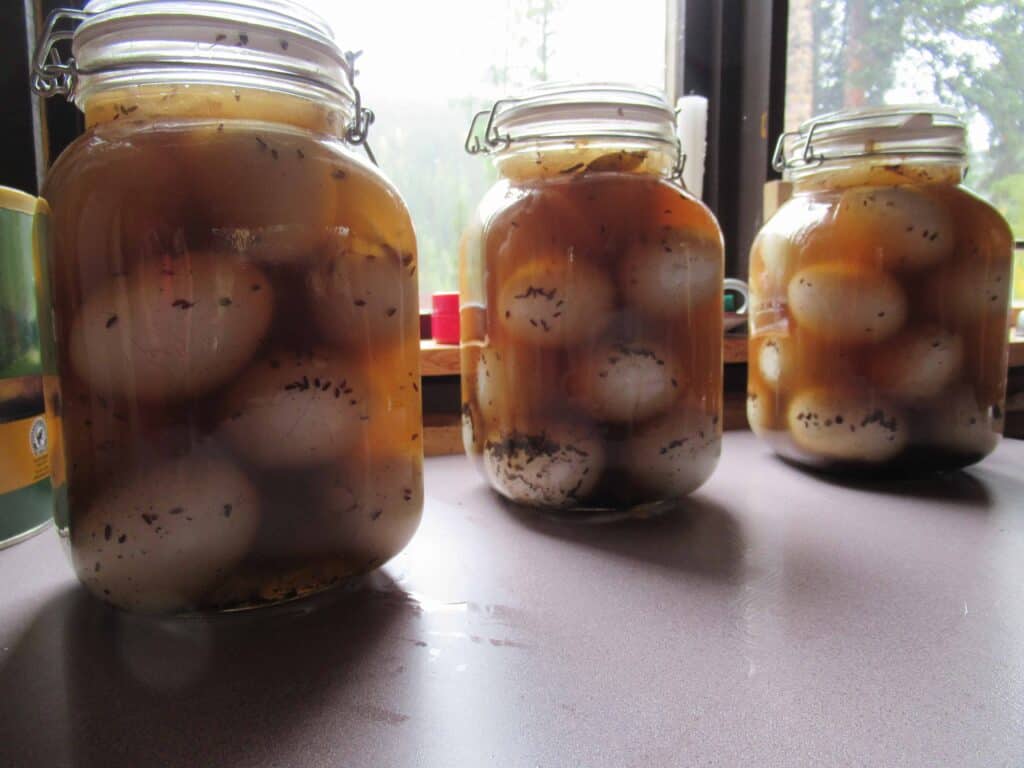
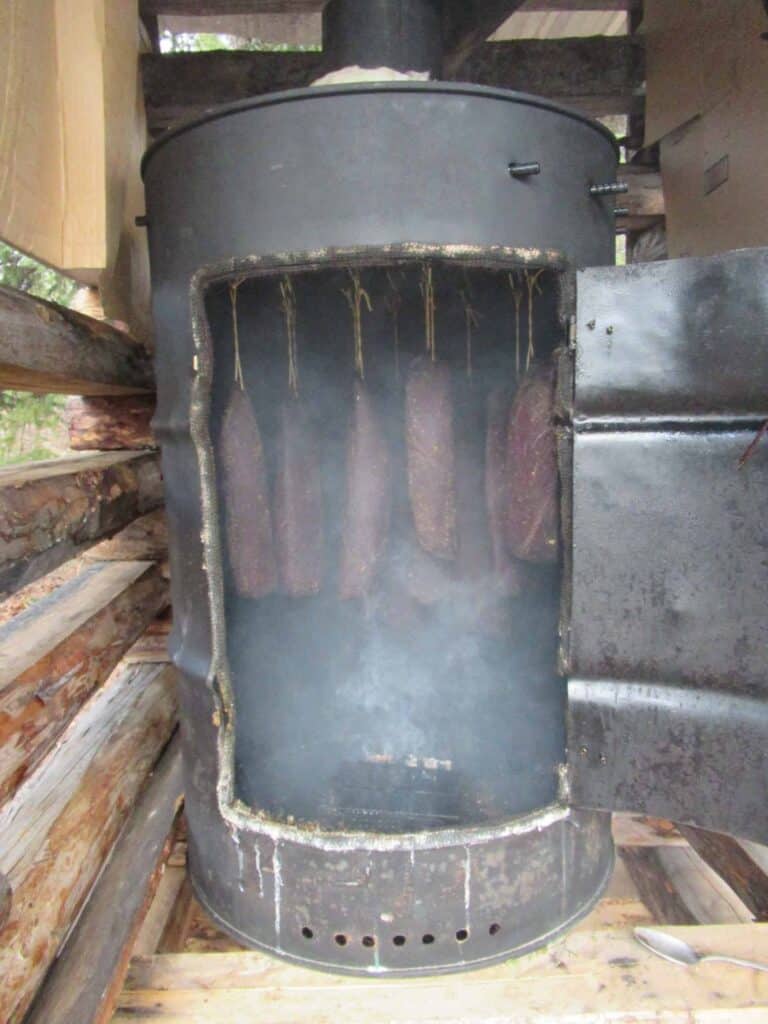
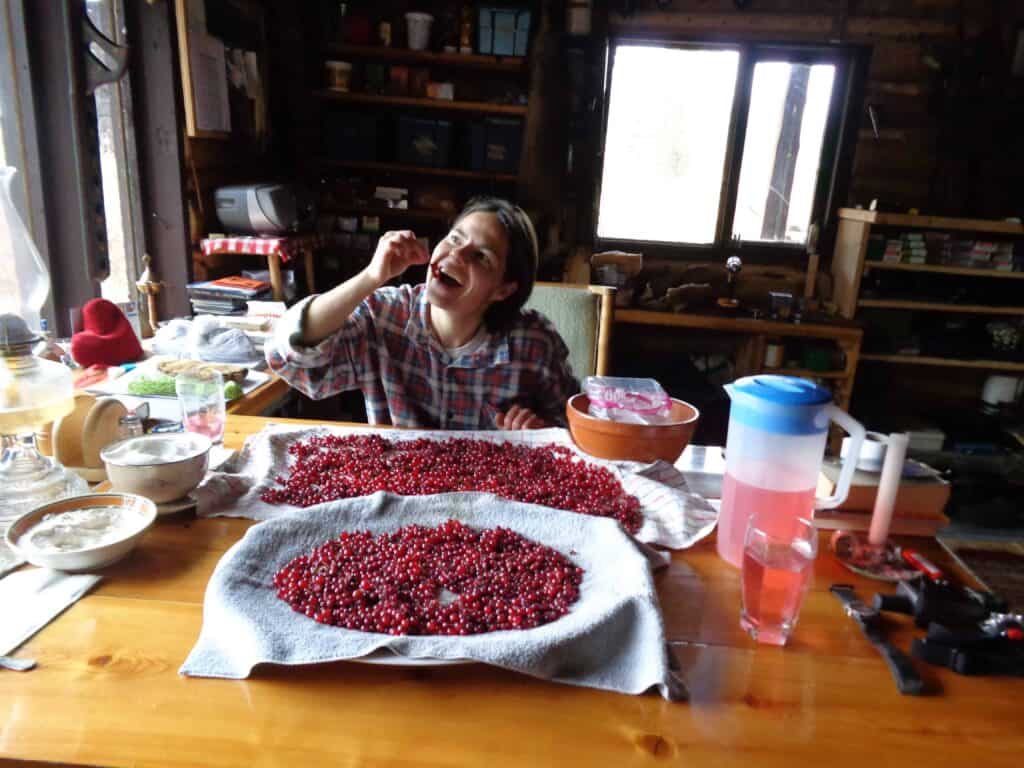
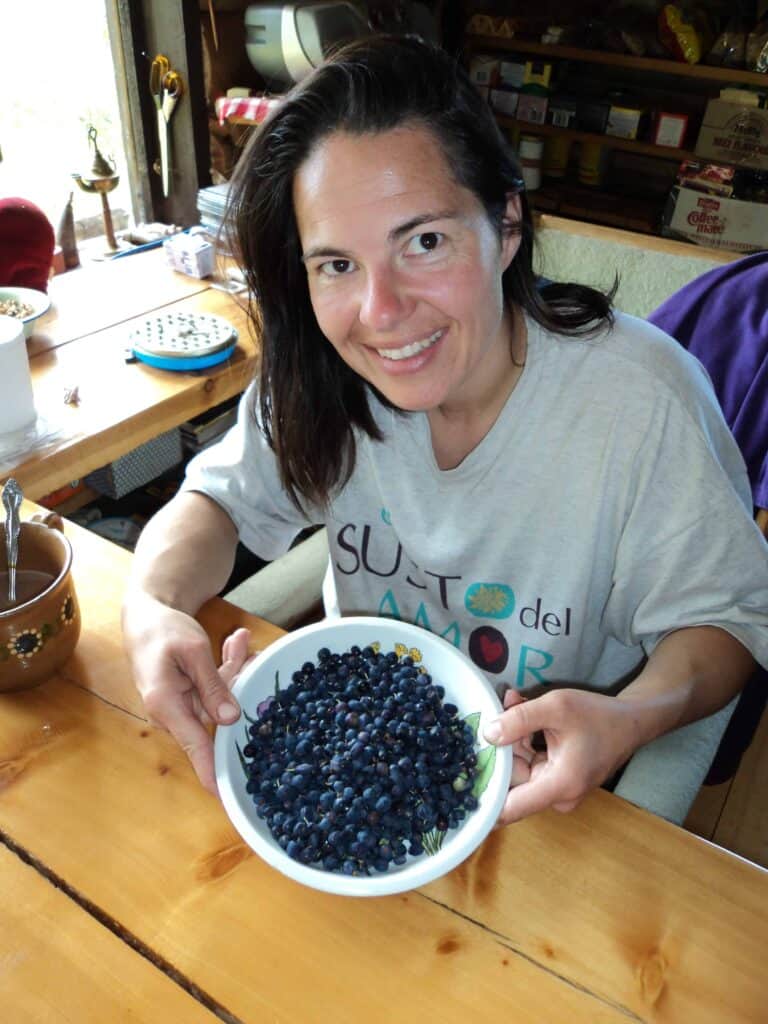
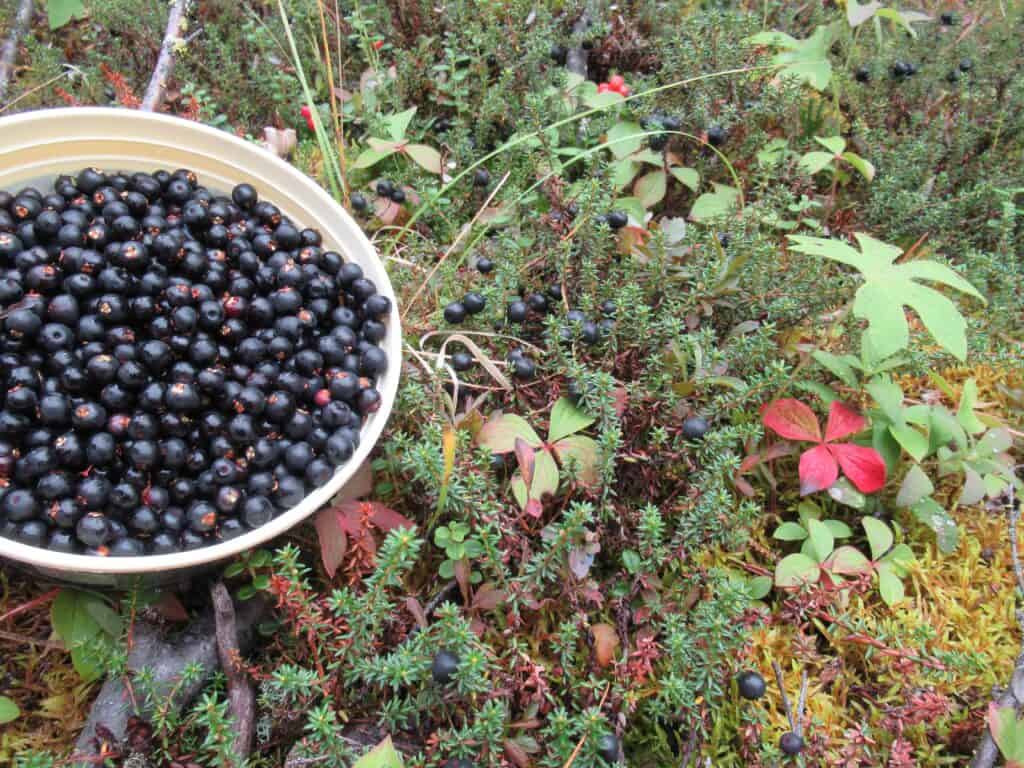
Who doesn’t love precooked meals? And what could be better than for you to prepare them in the first place? That way you know exactly what’s in them. Such meals save a lot of time and energy (yes, they do!). Say you cook one big pot of moose stew, which could end up being as many as 21 meals for you and your chosen one … Wouldn’t that be swell? Imagine getting up in the morning and discussing what’s for supper—then, decided, you head to your cellar, pick up that mason jar—and, when you get home from work you just cook some noodles or some potatoes or rice, heat up the stew, and that’s it. Instead of cooking moose stew 21 times, you just cook it once. You need to buy a pressure canner, granted, and mason jars.
A Stew Recipe For You:
Instructions
- Take three-quarters of a cup of chunks of meat (moose, caribou, elk, bison), of any cut, put them in a large pot and add water.
- Then add a whole onion, to make sure the broth stays clear.
- Add salt and, if you have it, celery root, parsley and carrots. Cook for about 1 1/2 hours on low heat.
- Then place 3 to 4 chunks into a quart jar, cover them with the liquid and repeat with your other jars, discarding the veggies. (Seven quart jars will fit into a canner.)
- Bring the pressure up to 10 pounds and cook for 90 minutes.
When we take this meal on the trail, we put it in a food container. Then, at the line cabin, we transfer it into a pot and set it on the wood stove. For supper, we mix this meat with sauerkraut and roasted potatoes. Then we can the leftover bouillon, as well, at 10 pounds pressure for 30 minutes. Using this broth on the trail gives you an instant boost … better than Red Bull! Or you can use it for your other cooking.
A root cellar that keeps its temperature (around refrigerator temperature) is ideal for keeping all of your jars of eggs, onions, lemons, apples and potatoes. Your fresh groceries last a lot longer when your root cellar is free from frost, dry and (especially) dark. Eggs will last us four months. Gala apples, Yukon Gold potatoes (the red ones will start sprouting) and yellow onions will keep for six months. Carrots don’t do really well, so we dehydrate or can them.
Around the end of fall, we pickle eggs and have them for our lunches. You just have to make sure you don’t cut down on salt (follow the recipe).
The Yukon bush has so much to offer—so many berries. I enjoy picking them. Years ago, I started ripping out some Labrador tea and dwarf birch in front of the cabin. Blueberries and roses started sprouting … Heaven! Of course, every Yukoner knows what to do with blueberries and low-bush cranberries, but what about high-bush cranberries? You walk through the bush and all of a sudden you get a whiff of dirty socks (it’s not you; it’s the high-bush cranberries, which are in the honeysuckle family—compared to the low-bush cranberries, which are in the heath family). Make a sauce out of the high-bush cranberries and try it on pancakes.
Mossberries are great when thirsty, or mix them with other berries for pies—or make juice. And discover which berries you like best in your oatmeal.
Pick juniper berries and use as a spice for smoking, or for cooking wild game. Brew the berries as a tea for urinary-tract problems. Eat a few dried ones before a meal, to prevent flatulence. We’ve seen robins eat juniper berries, when nothing else was poking through the snow, yet pick only the dark-blue ones, as those are the ripe ones.
If you happen to find melonberries in the summer, enjoy three or four (but not more); otherwise, you might have to find yourself a hidden spot or an outhouse pretty quickly.
Should you buy a dehydrator? It makes a lot of sense but does require a lot of energy, so we dehydrate our food when we are back in civilization, when loving dried fruit without anything else added. I love pineapple, kiwi, mango and apples. And dehydrated carrots, peas, leeks, celery and other root vegetables make any soup so much better.
Once we’re back out on the trapline, in August or September, we have to make sure our cakes, sausages, steak, ground meat, cheese and bread stay frozen. Either we have enough solar energy or we’ll have to run the generator for a few hours on every second or third day. We do use coolers, too, so that the freezer is not chock full (we switch ice packs back and forth from freezer to cooler).
And once we run out of a certain food (say we bought a couple of family-size Lays chips and they’re finished by January), well, that’s it. That’s why we enjoy them while we have them. Can’t do a quick run downtown—forget Timmies, Subway, or pizza delivery. The first time back in Whitehorse, though, I will head over to Tim Hortons and buy myself a plain butter croissant!
Get crackin’ in the kitchen, and stay safe!
Sonja Seeber, Yukon Trapper




